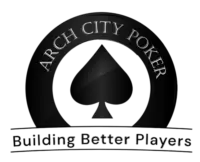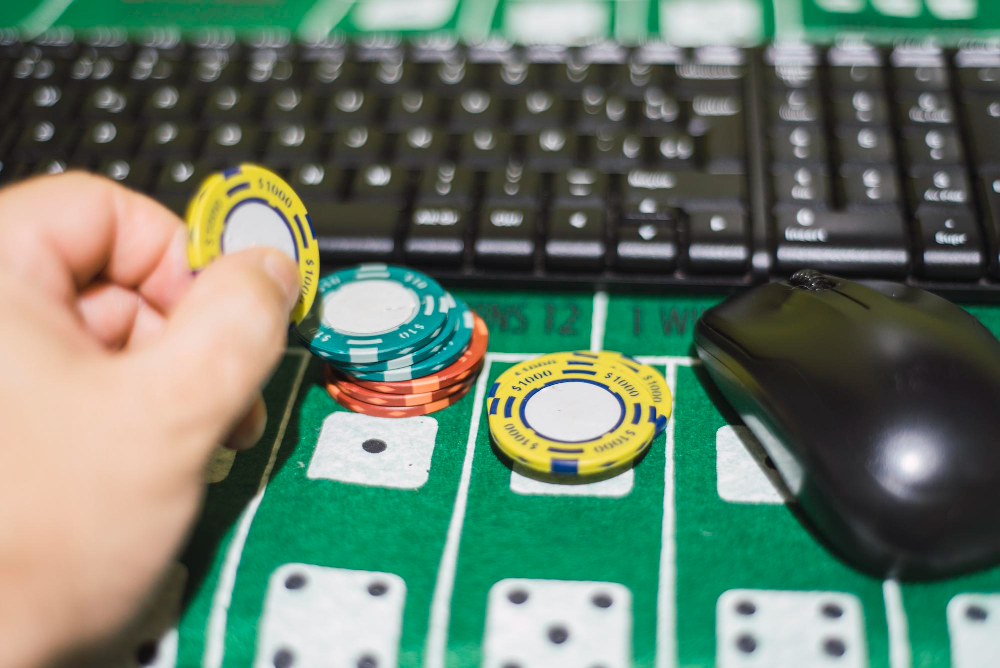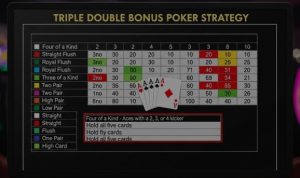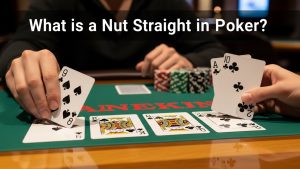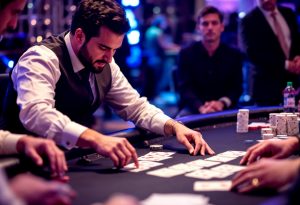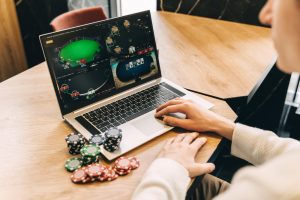From Kitchen Tables to Sophisticated Learning Platforms
Poker strategy has come a long way from the smoke-filled backrooms and home games where players learned through trial and error. The modern era of poker strategy training is a radical departure from traditional learning methods. Today’s players have access to resources that previous generations could never have imagined, fundamentally changing how quickly players can improve and compete at higher levels.
The transition from casual learning to structured education has professionalized poker in ways that extend far beyond the game itself. Players now approach skill development with the same rigor as athletes training for competition or musicians preparing for performances. This shift has raised the overall skill level across all stakes, making continuous education necessary for anyone serious about the game.
The Digital Revolution in Poker Education
Technology has removed the barriers that once limited poker education to books and in-person coaching. Video content allows players to watch experts analyze hands in real-time, explaining their thought processes and decision-making frameworks. This direct insight into professional thinking patterns accelerates learning far beyond what text-based materials alone can achieve.
Interactive training tools let players practice specific scenarios repeatedly until they master them. This hands-on approach builds muscle memory for common situations, reducing decision-making time during actual play. The ability to pause, review, and replay training scenarios creates learning conditions impossible to replicate at a live or online poker table.
Software has democratized access to game theory optimal strategies that were once available only to elite players with programming knowledge. Solvers and training applications break down difficult mathematical concepts into digestible lessons, making advanced concepts accessible to intermediate players willing to put in study time.
Data-Driven Approaches to Skill Development
Modern training emphasizes statistical analysis over gut feeling. Players track their results across thousands of hands, identifying patterns in their play that lead to profit or loss. This evidence-based approach removes the guesswork from improvement, showing players exactly where they need to focus their study efforts.
Hand history reviews have become more sophisticated with database tools that categorize and filter hands by specific parameters. A player can isolate all instances where they three-bet from the button, analyze their success rate, and adjust their strategy based on concrete data rather than memory or impression.
Leak detection through statistical analysis reveals problems that players might never notice through casual observation. A player might feel they play well against aggressive opponents but discover through data analysis that they lose money in these situations. This objectivity helps players address their actual weaknesses rather than perceived ones.
Simulation & Practice Environments
Training platforms now offer simulated environments where players can practice without risking real money. These sandboxes let players experiment with new strategies and tactics, building confidence before implementing changes in actual games. The low-stakes nature of practice environments encourages creativity and reduces the fear of trying new approaches.
Repetition of specific scenarios builds pattern recognition skills that transfer directly to real gameplay. A player who has trained against three-bet situations hundreds of times in a practice environment reacts faster and more accurately when facing these spots at the table. This conditioning reduces cognitive load during play, freeing mental resources for more complicated decisions.
Mistakes in practice environments become learning opportunities rather than costly errors. The ability to review and understand why a particular decision was wrong, then immediately practice the correct approach, creates a feedback loop that accelerates improvement dramatically compared to learning only through actual play.
Range Construction & Balance
Modern training tools teach players to think in terms of ranges rather than individual hands. This conceptual shift shows one of the most significant advances in poker strategy education. Players learn to construct ranges that achieve specific strategic objectives while remaining balanced enough to prevent exploitation.
Range visualization tools help players see how their decisions affect their overall strategy. When a player learns they fold too often to river bets, they can use range builders to construct more resilient calling ranges. This proactive approach to strategy development prevents problems before they cost significant money at the tables.
Population tendency databases inform range construction based on how opponents actually play rather than how theory suggests they should play. This exploitative information lets players maximize profit in real games while maintaining solid fundamentals that work against any opponent type.
Specialized Training for Different Game Formats
Tournament strategy requires different skills than cash games, and modern training platforms address these distinctions. Players can focus their study on specific game types, learning the individual considerations that apply to their preferred format. This specialization allows for deeper expertise rather than surface-level knowledge across all poker variants.
Multi-table tournament training addresses the changing dynamics of stack sizes and pay jumps. Players learn when to tighten up near bubble situations and when to apply pressure on medium stacks. This nuanced knowledge of tournament poker separates consistent final table makers from players who occasionally run deep.
Sit-and-go strategy training focuses on push-fold mathematics and bubble dynamics in small-field events. The specific nature of these games requires specialized knowledge that broader poker training often glosses over. Dedicated SNG training materials help players extract maximum value from these popular game formats.
Mental Game Training & Emotional Control
The psychological aspects of poker receive more attention in modern training programs. Players learn to recognize tilt patterns, manage emotions during downswings, and maintain focus during long sessions. This mental game training often proves as valuable as technical strategy work, preventing players from giving back winnings through emotional mistakes.
Meditation and mindfulness practices have entered mainstream poker training. These techniques help players stay present during hands, reducing the mental noise that interferes with optimal decision-making. Many top players credit mindfulness practice as a key factor in their success.
Bankroll management training addresses the intersection of psychology and mathematics. Players learn to choose appropriate stakes for their skill level and financial situation, reducing the stress that comes from playing over their head. This financial discipline prevents the catastrophic losses that end many poker careers.
Building Study Routines That Produce Results
Consistency in study matters more than the volume of any single session. Players who dedicate even 30 minutes daily to focused study often improve faster than those who binge study for hours once per week. The regular reinforcement of concepts builds lasting knowledge rather than temporary knowledge.
Goal-setting frameworks help players structure their improvement efforts. Instead of vague objectives like “get better at poker,” effective training programs teach players to set measurable goals: “improve red-line winrate by 2bb/100” or “reduce fold-to-three-bet percentage by 5%.” These specific targets make progress trackable and motivating.
Review and reflection close the learning loop. After study sessions, players who spend time reflecting on what they learned and how they will apply it at the tables retain information better. This metacognitive practice strengthens the connection between theoretical knowledge and practical application.
The Competitive Advantage of Continuous Learning
The poker economy rewards those who stay ahead of the learning curve. As training materials become more widely available, the baseline skill level rises. Players who commit to ongoing education maintain their edge over the field, while those who stop learning fall behind even if their absolute skill level remains constant.
Investment in poker strategy training yields returns that compound over time. Each concept mastered becomes a building block for getting to know more advanced ideas. This cumulative nature of poker knowledge means early investments in education pay dividends throughout a playing career. The future of poker belongs to students of the game. As training tools become more sophisticated and widely adopted, the gap between serious students and casual players will continue to widen. Those who embrace modern learning methods position themselves for long-term success in an increasingly competitive environment.
